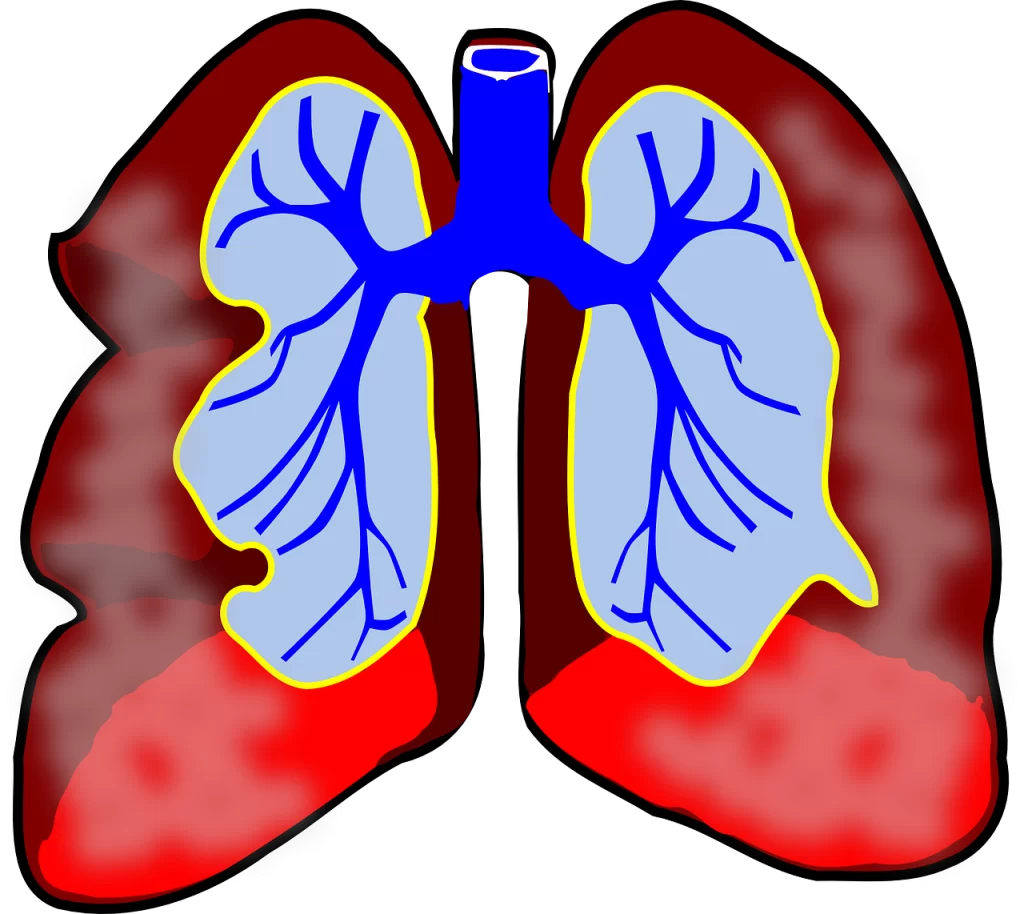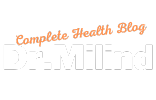What are Lungs and How Do They Work?
The lungs are a vital organ in the human body that plays an essential role in respiration. They help us breathe by taking in oxygen and releasing carbon dioxide. In this blog, we will explore the anatomy and function of the lungs, common respiratory problems, and ways to keep our lungs healthy.

Anatomy of the Lungs:
The lungs are located in the chest cavity and are made up of two main parts: the left and right lungs. The right lung has three lobes, while the left lung has two. The lungs are surrounded by a protective sac called the pleura and are connected to the trachea through the bronchi. The bronchi then branch off into smaller tubes called bronchioles, which lead to tiny air sacs called alveoli. The alveoli are where gas exchange occurs between the air we breathe in and our bloodstream.
Function of the Lungs:
The primary function of the lungs is to facilitate respiration. Respiration is the process of exchanging oxygen and carbon dioxide between the body and the environment. When we breathe in, air enters through the nose or mouth, passes through the pharynx, larynx, and trachea, and then into the bronchi and bronchioles. From there, it reaches the alveoli, where oxygen is transferred to the bloodstream and carbon dioxide is removed.
Common Respiratory Problems:
There are several respiratory problems that can affect the lungs, including:
Asthma:
Asthma is a chronic respiratory condition that causes inflammation and narrowing of the airways. Symptoms include wheezing, coughing, and difficulty breathing.
Chronic Obstructive Pulmonary Disease (COPD):
COPD is a group of lung diseases that cause breathing difficulties. It includes chronic bronchitis and emphysema, both of which are caused by damage to the lungs over time.
Pneumonia:
Pneumonia is an infection that affects the lungs. Symptoms include fever, cough, and difficulty breathing.
Lung Cancer:
Lung cancer is a type of cancer that starts in the lung. It can cause a persistent cough, chest pain, and difficulty breathing.
Ways to Keep Your Lungs Healthy:
Maintaining healthy lungs is essential for overall health and well-being. Here are some ways to keep your lung healthy:
Don’t Smoke:
Smoking is the leading cause of lung cancer and other respiratory problems. If you smoke, quitting is the best thing you can do for your lung.
Exercise Regularly:
Regular exercise can help improve lung function and reduce the risk of respiratory problems.
Eat a Healthy Diet:
Eating a healthy diet rich in fruits, vegetables, and whole grains can help keep your lungs healthy.
Avoid Polluted Air:
Air pollution can cause respiratory problems and exacerbate existing conditions. Try to avoid areas with high levels of pollution or wear a mask if necessary.
Conclusion: The lung are a vital organ in the human body that plays an essential role in respiration. Understanding their anatomy and function is crucial for maintaining good respiratory health. By following healthy habits like not smoking, exercising regularly, and eating a healthy diet, we can keep our lung healthy and reduce the risk of respiratory problems. If you are experiencing any respiratory problems, it’s essential to seek medical attention promptly.








